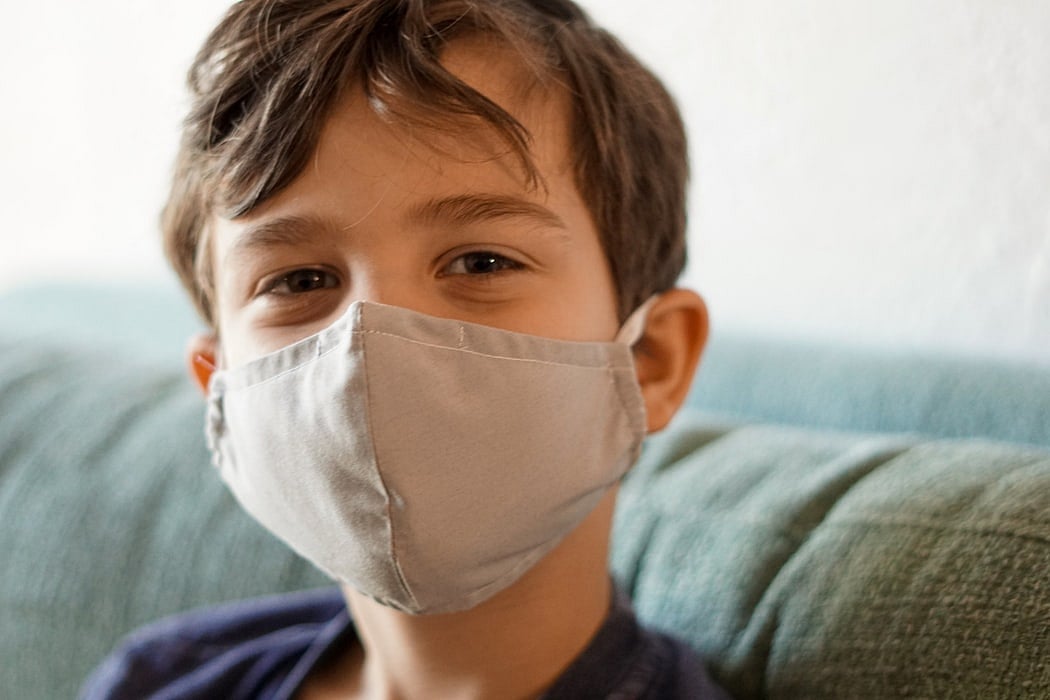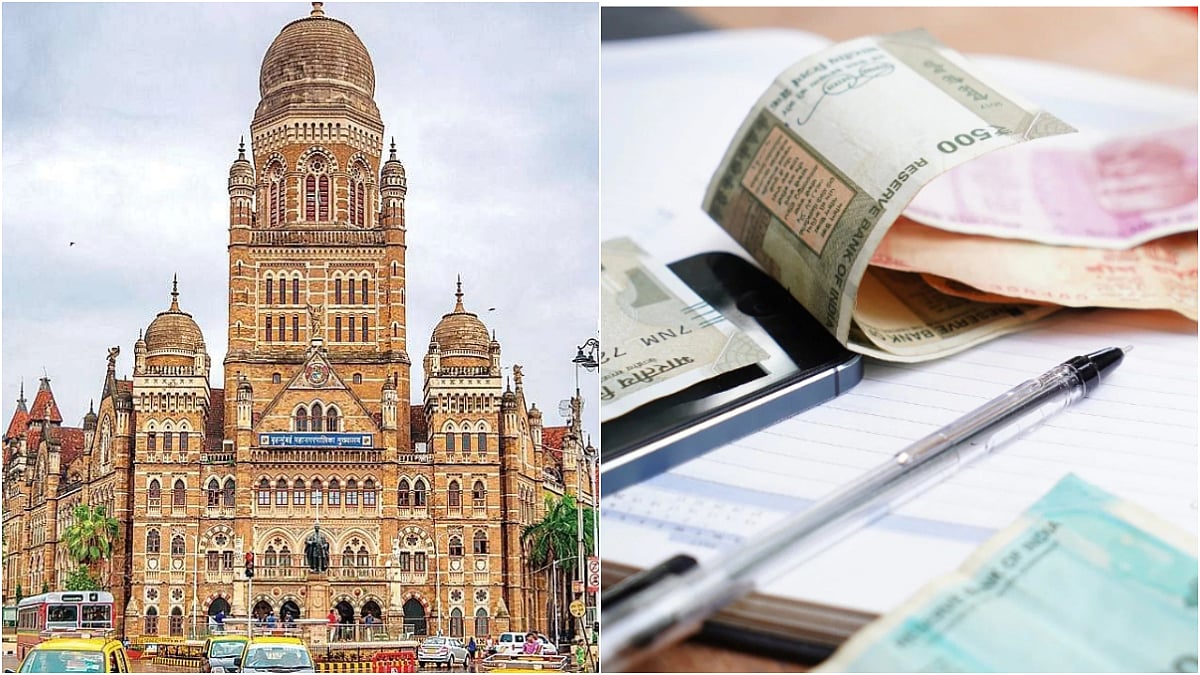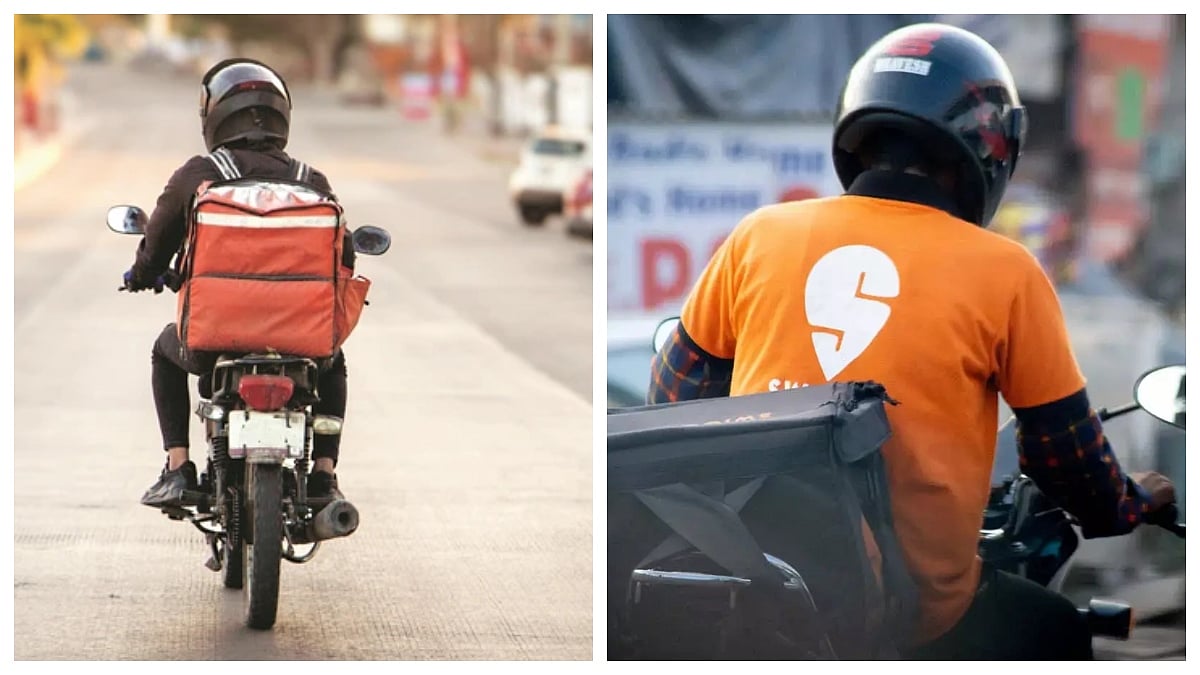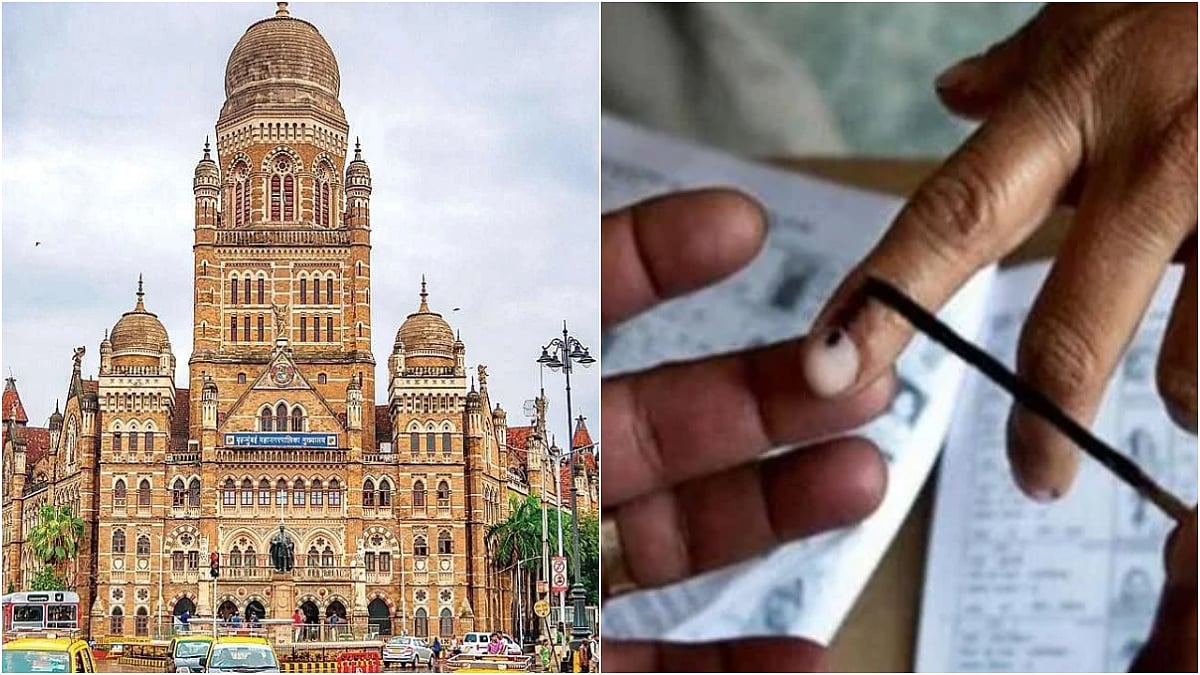According to the data provided by the state health department, the covid-19 infection rate among the children is only one per cent in the third wave, the paediatrician believes most of the covid-19 cases in children are unreported due to very limited testing in this age group and many are doing the self-test without revealing their tests results. Between December 25 and January 6, over 2,400 infections have been reported in children in the 1-10 age bracket in the state. However, the data don’t corroborate with the situation on the ground, where doctors are treating dozens of kids in their outpatient departments or through online consultation. Health experts said over the last one week they have been treating dozens of children in just one hours and an equal number of children have been infected.
“If we go by the state data then the infection rate in children is very less but we cannot deny children are equally infected like adults as most of them are doing self tests. Only reason for numbers is less as most of the cases are not reported as they are not getting tested and are home isolated,” said a senior doctor.
According to the doctors of Mumbai, as much as the proportion of adults in the first and second wave children were affected, similarly this time also 10 to 15 percent children will be involved in the total cases.
Dr Bakul Parekh, a member of the paediatric task force, said he was seeing a huge number of children with fever, cough, cold and chills at his Ghatkopar clinic. From 12-20-odd before the start of the third wave with flu-like symptoms, the daily count of children at his clinic has touched nearly 60 in the past 7-10 days. About 80% complain of fever and turn up a positive result when checked for Covid. “If parents or other adults in the family are positive, I don’t test kids. It unnecessarily creates panic.”
Senior health experts said it’s not that this variant is selectively targeting children. Because it is so transmissible, children end up getting swept in the storm along with adults, he believes. “Yes, they are vulnerable. Kids with comorbidities and lower resistance are getting influenza and flu-like symptoms, which is anyway natural in children. The fact remains that children will get infected and the numbers will increase, but there’s no cause for alarm,” he said.
What’s critical though, is deciding which child needs to be hospitalised and who can do with home-based care. “Unnecessarily rushing children to the hospital is not a good idea because they might get exposed to more infections. The decision of shifting a kid to hospital care needs to be taken at the right time, neither prematurely nor too late. And that’s where the role of primary healthcare professionals, both private and public, becomes important in guiding parents.” He says hospitals in Mumbai are already gearing up for a larger outbreak in children. “Mumbai’s infrastructure is better equipped to deal with this scenario than any other city in the country,” he thinks.
Paediatrician from the civic-run hospital said although the symptoms of Omicron are milder, they have seen serious post-COVID complications occurring in children, including cardiac involvement and multisystem inflammatory syndrome in children (MIS-C), a condition where different body parts can become inflamed, including the heart, lungs, kidneys which can be life threatening. “While the usual symptoms related to Omicron include an upper respiratory tract infection like fever, runny nose, throat pain, body ache and dry cough, he suggests that parents watch for fast breathing, difficulty in breathing, chest indrawing, dehydration, pain in the chest and lethargy. Urgent medical attention is required for any such symptoms,” said an expert.
“A serious inflammatory illness that strikes children weeks after they have been exposed to Covid-19, the MIS-C was first reported by doctors in the US and UK last year. With the third wave, cases of MIS-C are once again seen in paediatric departments. Children are also showing some signs typically seen in Kawasaki disease such as red eyes, swollen hands and feet, rashes, red cracked lips. The presentation has not changed in the second wave, doctors said, but parents must stay vigilant,” added the doctor.







